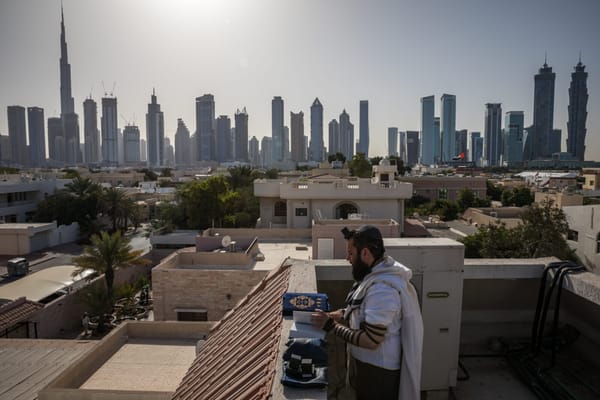The Making of North Africa's Intifadas
As the waves of protest inspired by Tunisia continue to roll across the Middle East and North Africa, analysts have remained puzzled by the mysterious timing, incredible speed and cross-national snowballing of these uprisings or intifadas. In the six months following the electrifying scenes of thous









